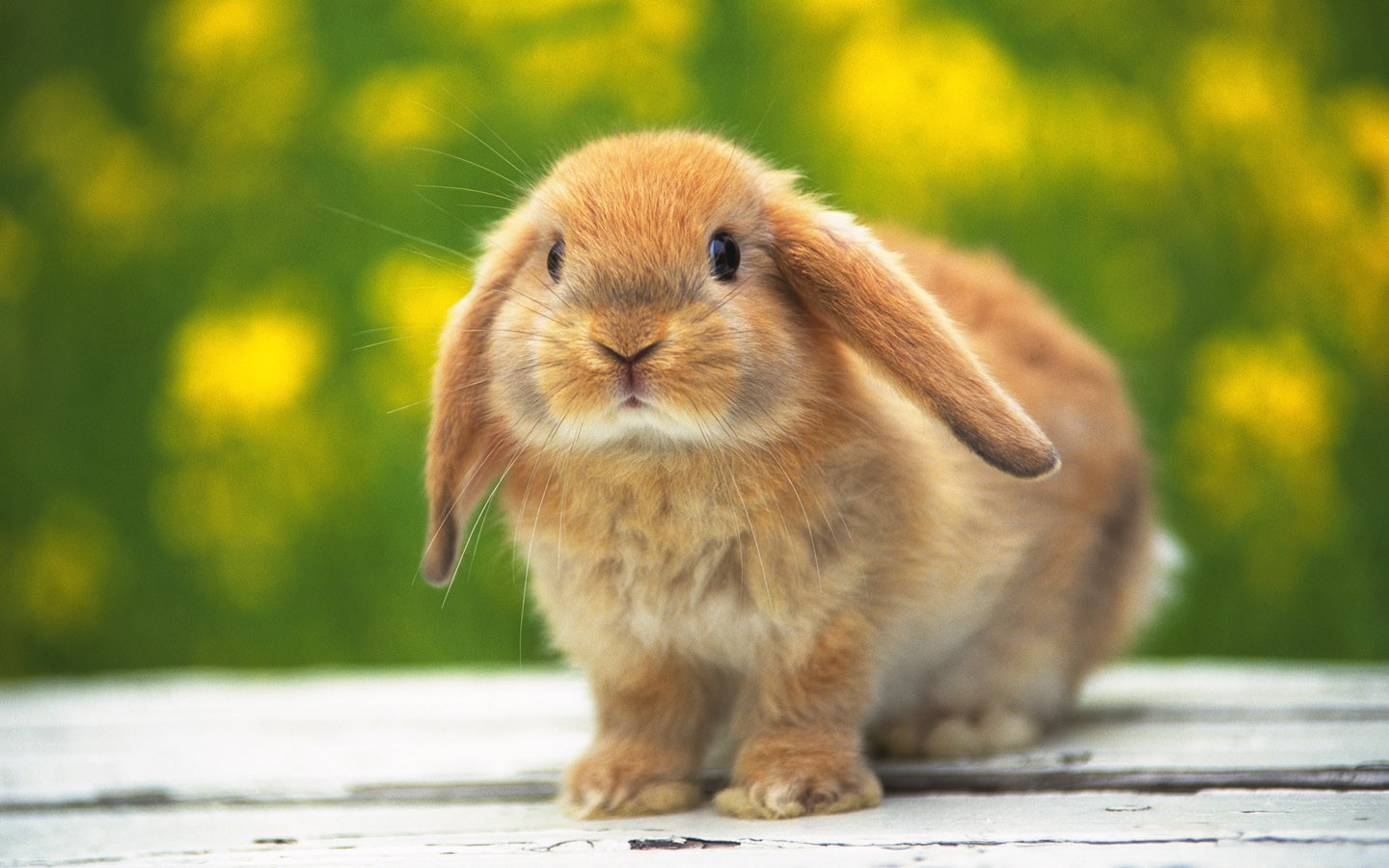The reality of that world is not clearly seen until you are in the middle of it. Vegetables do not always grow perfect fruit in a straight row. Off-grid power is certainly a developing area, but requires understanding and finances to acquire it. Cows can be very messy and are bigger than you may realize. They also do not always stay where you put them!
However the determination to try this lifestyle can win out and you find yourself with a hobby farmstead. One of the animals showing up more and more in hobby farms are GOATS! These adorable and endearing creatures can be fun to raise, they can also be a real headache if not prepared for. Getting a call at work by a distraught neighbor whose flower garden is now nothing but a patch of stems is not your goal.
To get your goat and enjoy her ownership requires some planning and knowledge. Fences - proper ones - are a must. You should have your fences at least 4' tall and of sturdy woven wire. Ridged panels can also be used. Fencing is one area you do NOT want to go cheap or 'good enough' since goat will test their boundaries. They will rub on the fence and climb on it. They just do!
Goats hate to get wet so be sure to include a shelter of some sort. It can be as simple as a three-sided shed with a roof for her to get into out of the weather or as elaborate as you want to have it. It should be warm enough for the winter months as well. Adding hay or straw on the floor will keep her out of the mud and on a warm, dry bed. It will need cleaned out every so often...use that old bedding on your garden! Your plants will love it.
Goats do not eat anything and everything. They need a proper diet of browse and fresh water. Browse includes things like brush, bushes, trees and such. They will walk, take a bite, walk, take another bite. They browse much like deer. They like fresh, clean browse and will chose that over grass. If you have them on a small lot without much browse you will need to provide them fresh hay in a feeder. If they pull hay out onto the ground, and they will, and they step on it they will not eat it! It is the same with their grain. If they are fed on the ground and it gets 'dirty' they will not eat it. They must also have fresh water every day.
Goats can survive in a small paddock but they will not thrive like they would if let out on pasture. Even an acre or two of browse or even grasses is preferable to a small lot. Do not ever tie your goat out! They can choke on their leash or be harassed and even killed by neighborhood dogs. When you tie her for milking, feeding or grooming be sure to stay with her and keep an eye on her.
Milking is easy enough to do by hand and is actually quite an enjoyable time for you to get to know your goat better. While milking you can inspect her for injuries, bumps and scrapes. You will want a milking stand and a dish for her to eat from while you milk. Use a stainless steel bucket to collect the milk in and be sure to keep everything clean before, during and after milking. Always clean and sterilize your bucket after use.
To get her milking you will need to have her bred. The farm you buy her from will be able to help you find a buck to breed her to. Then you get to enjoy one of the most amazing things ever...the birth of new life into the world! Those kids can be awfully cute! Before you know it you will have several goats in that area you fenced so be sure you think of that during it's construction.. The kids that she produces can be sold for profit..either as bottle babies or after they're weaned.
Getting your goat and bringing her home is a fun adventure. Be prepared and it will be enjoyable as well.







